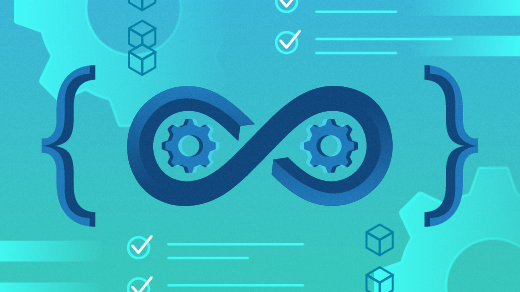Agile is fast becoming a mainstream way industries act, behave, and work as they look to improve efficiency, minimize costs, and empower staff. Most software developers naturally think, act, and work this way, and alignment towards agile software methodologies has gathered pace in recent years.
VersionOne’s 2018 State of Agile report shows that scrum and its variants remain the most popular implementation of agile. This is in part due to changes made to the Scrum Guide’s wording in recent years that make it more amenable to non-software industries.
The guide also changed its stance towards the team size needed to implement scrum: The previous recommended team size of 7±2 changed to a range of 3-9 people.
[Download the Introduction to Small Scale Scrum guide]
Like in agile, scale is a hot topic in scrum, with a battleground of competing frameworks vying for supremacy. Scaling frameworks have focused on allowing multiple teams to coordinate in a seamless manner and, in essence, promote scrum at a large scale. However, scaling down (below the recommended minimum team size) is not gaining traction, even though it is the way many sectors operate.
For example, paid-for consultancy work typically involves one or two people working on a short-term project; since consultant costs are often charged by the hour or day, a smaller team provides maximum value for the customer. Open source contributors very often work alone, albeit part of a much larger community. And college students completing final-year projects or research assignments usually work in solo mode, with small teams forming in some cases.
All of these formats can follow an agile way of work. Scrum’s principles and execution have been applied to small-scale teams; however, they’re often applied in a way that leads to something slipping. In our experience, that is quality. We set out to investigate whether we could maintain a high level of quality and output with a reduced team size.
What is Small Scale Scrum?
The result of our research is Small Scale Scrum, a long-awaited and novel concept in agile “supporting planning, developing, and delivering production-quality software solutions.” Small, in this case, is a maximum of three people. According to an extensive survey, this is something the industry, customers, and small development teams have been asking for, as this team size is more realistic for their needs. Organizations that engage in consultancy projects are particularly asking for ways to run scrum projects with one or two developers, due to the industry-wide acknowledgment of the approach’s efficiency. Given that scrum has amended its guidebook to include non-software industries, this approach could benefit many different sectors.
In this guide, we’ll explain Small Scale Agile—what it is, how it works, and how it can help small teams work better. In future articles, we’ll cover the Small Scale Agile Manifesto, framework, and principles and describe our survey results, and where to go next.








1 Comment